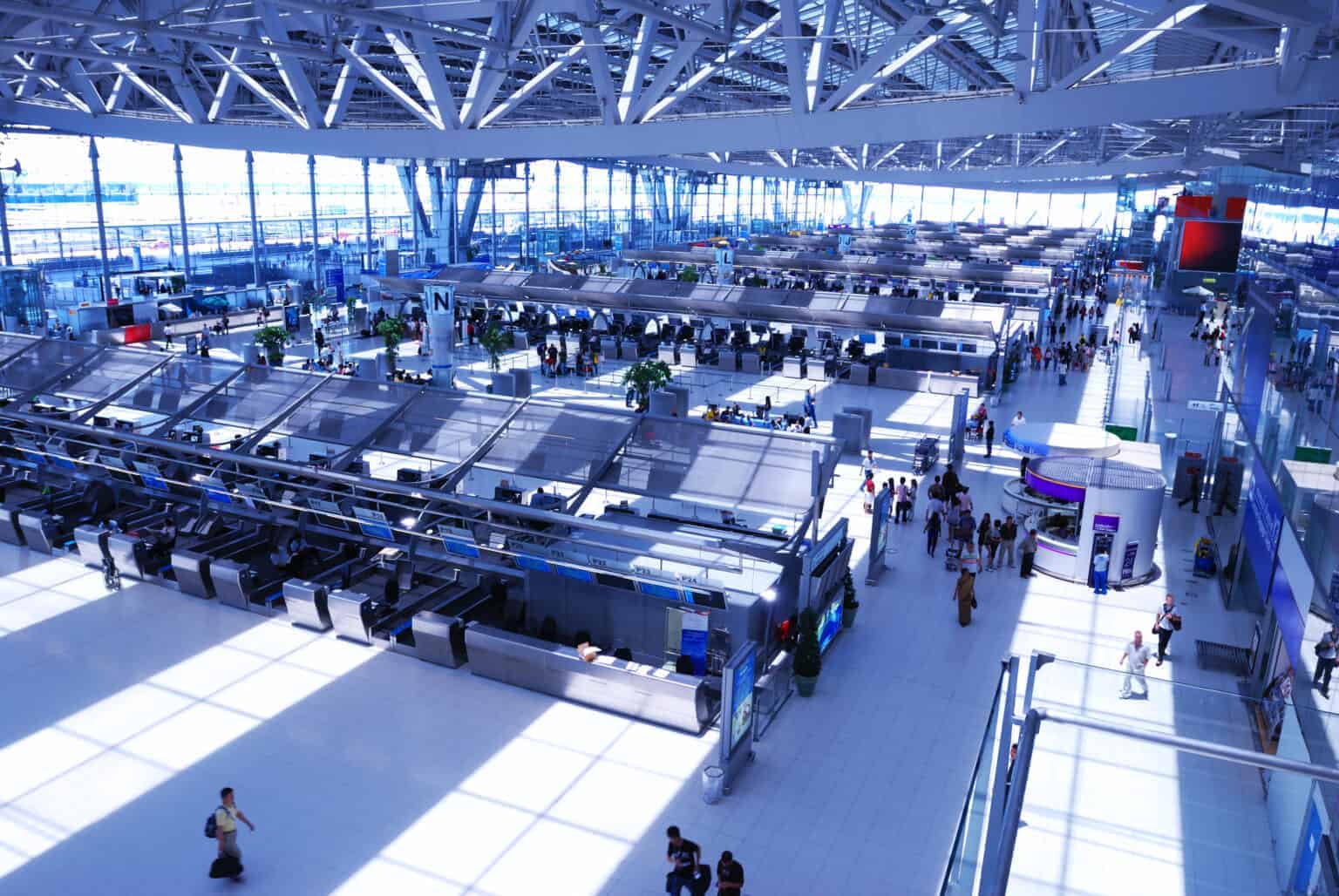In today’s fast-paced world, airports face a myriad of challenges in ensuring seamless operations while delivering exceptional passenger experiences. Fortunately, advancements in technology are paving the way for airport innovative solutions to tackle these complex issues. Digital Twin Consulting’s Doug Migliori recently presented on a Digital Twin Hub Gemini Call on the details of his 2023 TM Forum Best Moonshot Catalyst Award-winning industrial metaverse project, Transforming Passenger Experiences with Continuous Decision Intelligence. The project harnessed the transformative potential of connected digital twins and continuous decision intelligence to solve complex airport challenges.
Transforming Airport Passenger Experiences With Continuous Decision Intelligence
One of the key challenges addressed is the need to keep travelers and passengers moving efficiently through airport ecosystems. Long wait times and bottlenecks can lead to frustration and dissatisfaction among passengers. To address this issue, interconnected systems involving airlines, airports, concessions, and various stakeholders must work together seamlessly. Real-time decision intelligence plays a crucial role in ensuring the highest level of interoperability and synchronization between physical and virtual environments.
At the heart of the solution lies the concept of digital twins. These virtual replicas of physical assets, processes, and systems enable airport operators to simulate and visualize complex scenarios in real time. By leveraging a common conceptual model and an atomic event model, airports can create dynamic digital twin systems of systems. These interconnected models provide continuous decision intelligence, allowing stakeholders to make informed decisions and realize the full value potential of digital twins in the industrial metaverse.
Passenger experience emerged as a focal point of the Catalyst project, with a strong emphasis on aligning airport facilities and services with evolving traveler expectations. By understanding passenger intent and queuing dynamics, airports can optimize passenger flow, reduce wait times, and enhance overall satisfaction. Smart technologies, such as AI-powered cameras and digital twins, play a pivotal role in facilitating real-time decisioning and improving operational efficiency.
The Catalyst also highlighted the importance of collaboration among industry stakeholders in driving innovation within airport management. By aligning high-level concepts and models, such as semantic and conceptual data models, airports can foster interoperability and alignment across diverse ecosystems. This collaborative approach enables airports to leverage the collective expertise of stakeholders and unlock new opportunities for growth and optimization.
Simulating Success:
The Catalyst demonstrated value of simulation in predicting outcomes and mitigating risks associated with implementing advanced technologies. By quantifying business outcomes and simulating scenarios, airports can optimize customer experiences, increase revenue, and address sustainability goals. This proactive approach to innovation enables airports to reduce risk, cost, and time to value, ultimately realizing the full potential of advanced technologies in airport management.
Connected digital twins drive transformative impacts of connected and continuous decision intelligence in solving complex airport challenges. By harnessing the power of these technologies and embracing a collaborative approach, airports can revolutionize operations, enhance passenger experiences, and pave the way for a more efficient and sustainable future in aviation.

